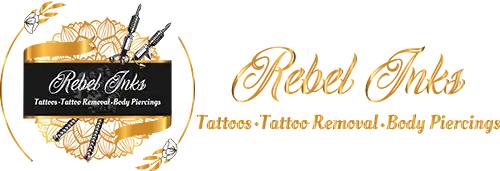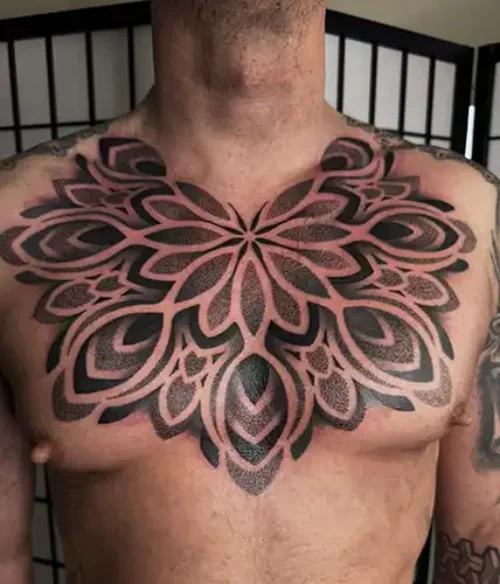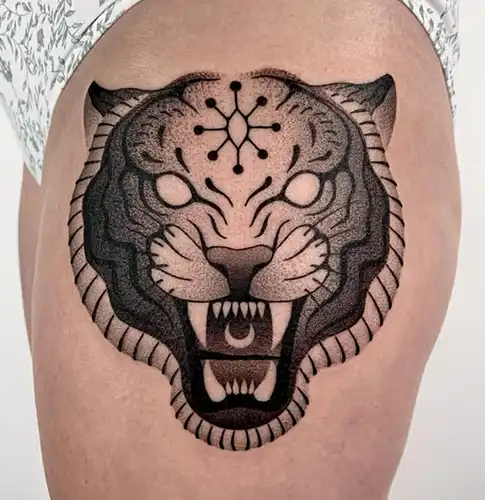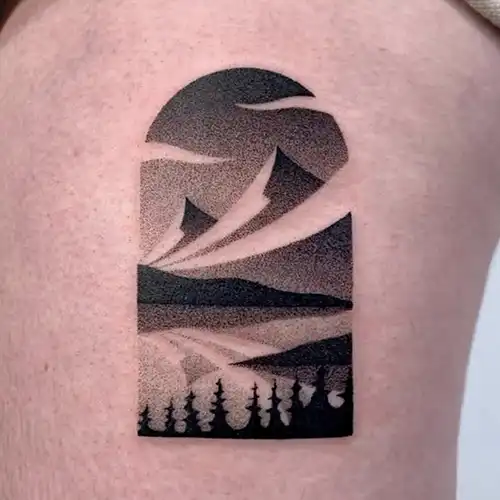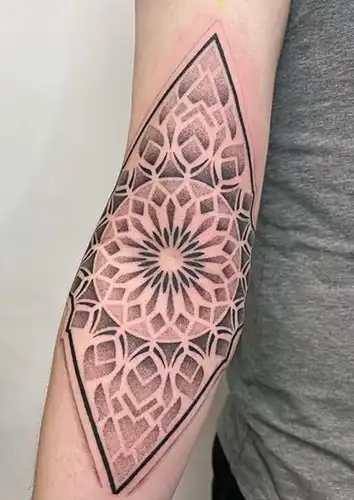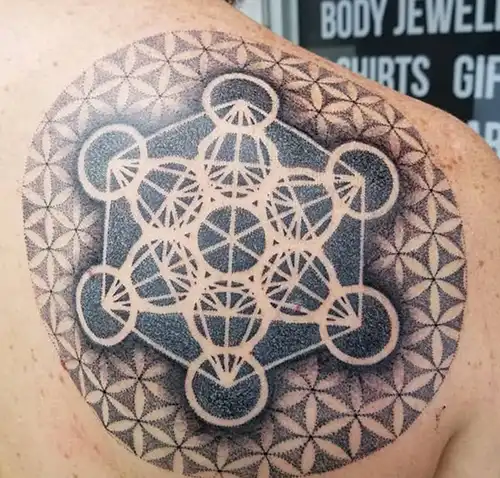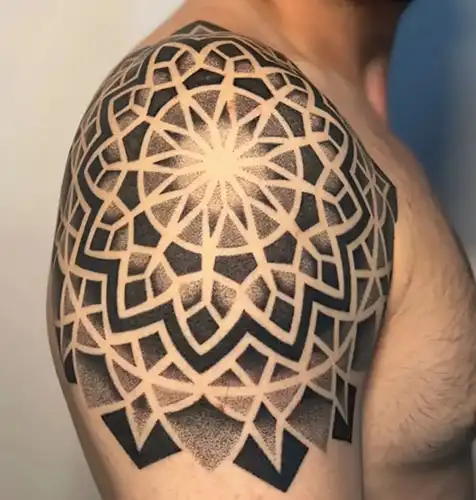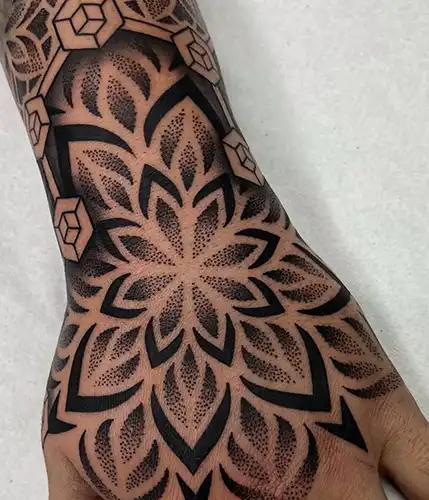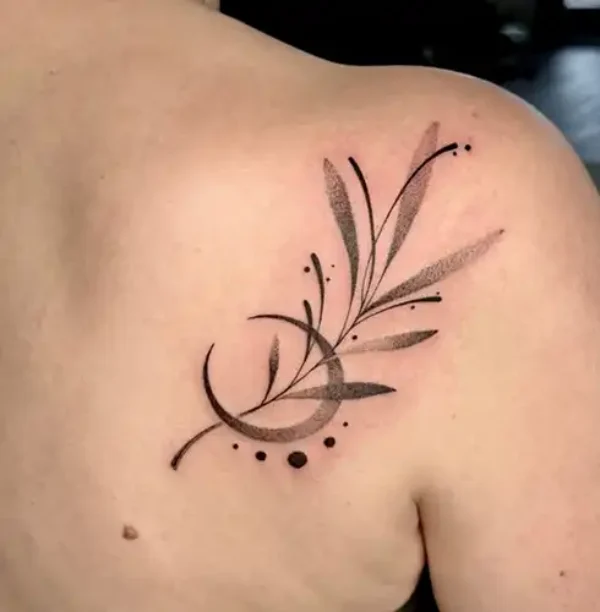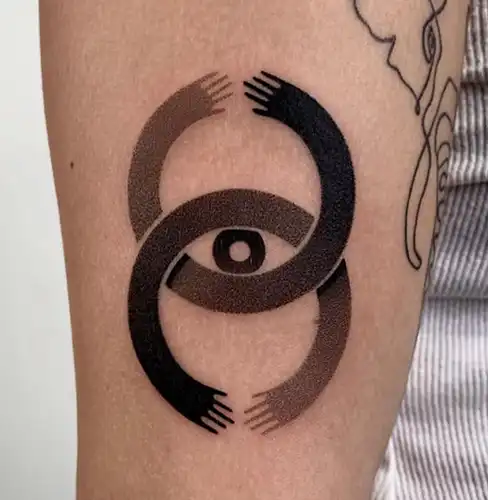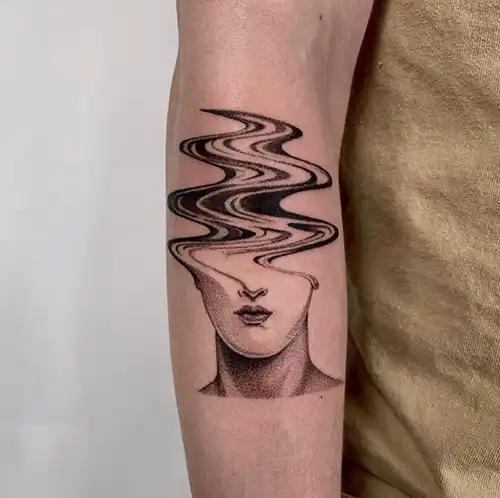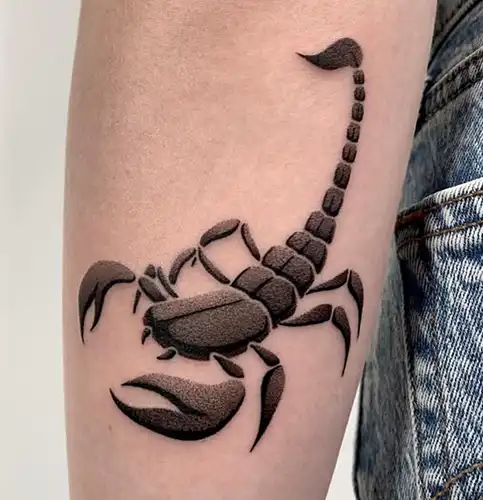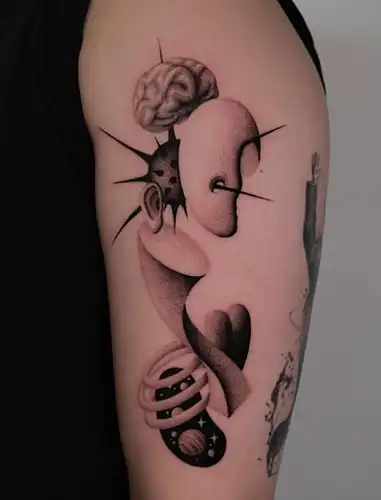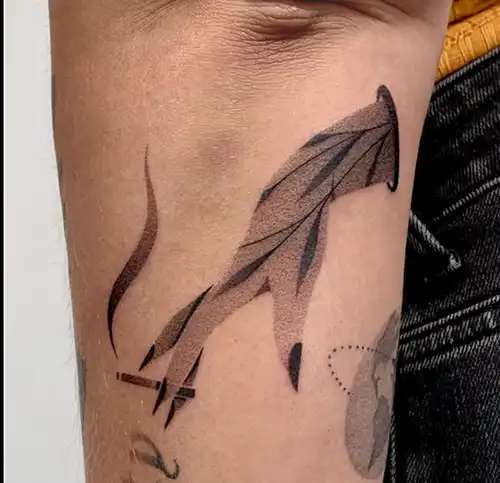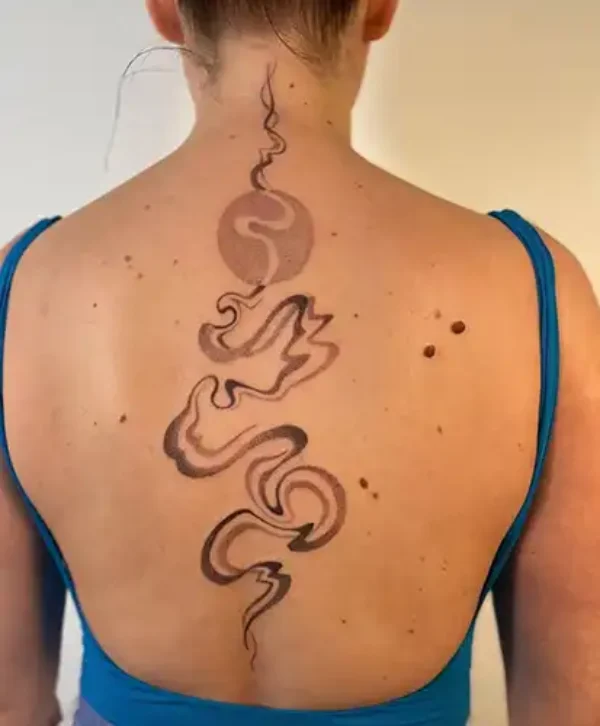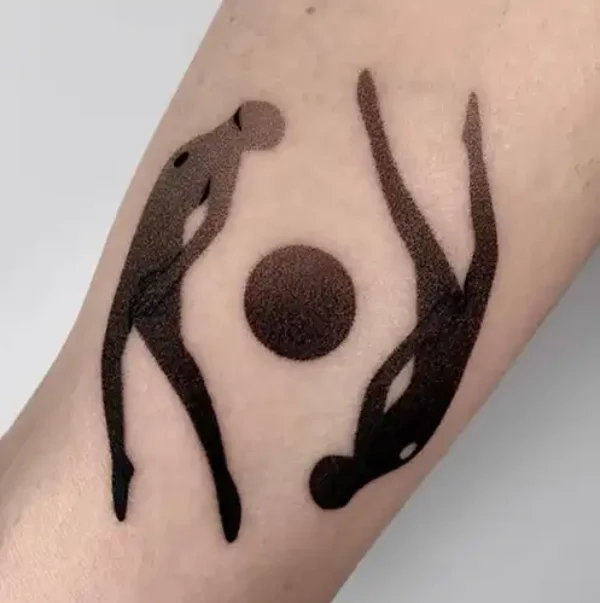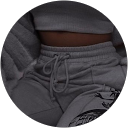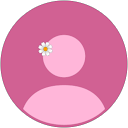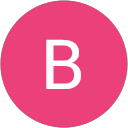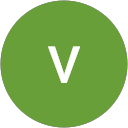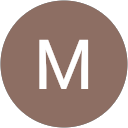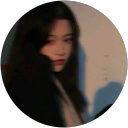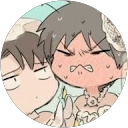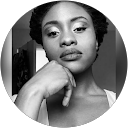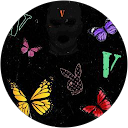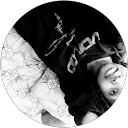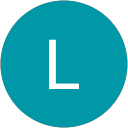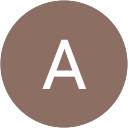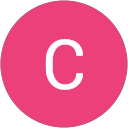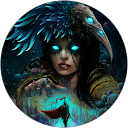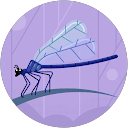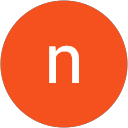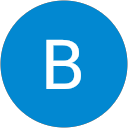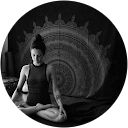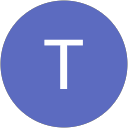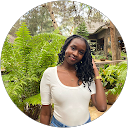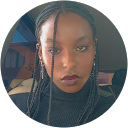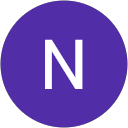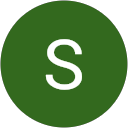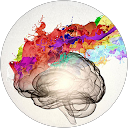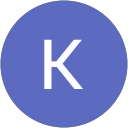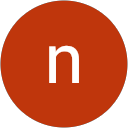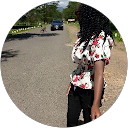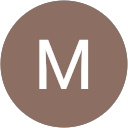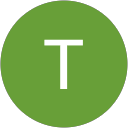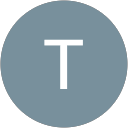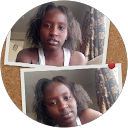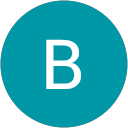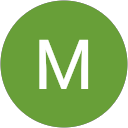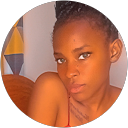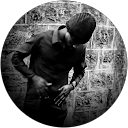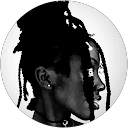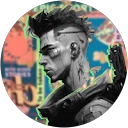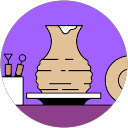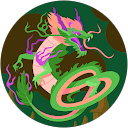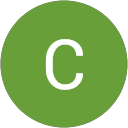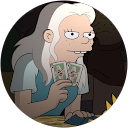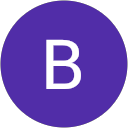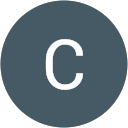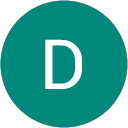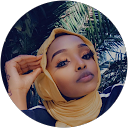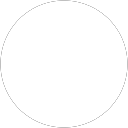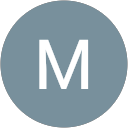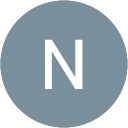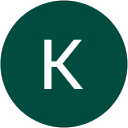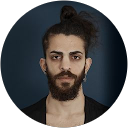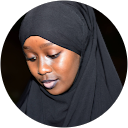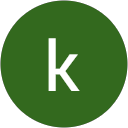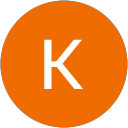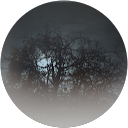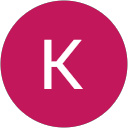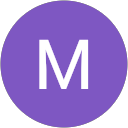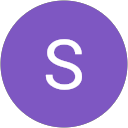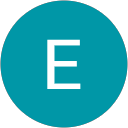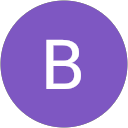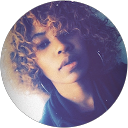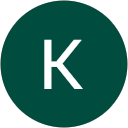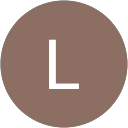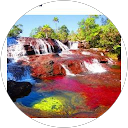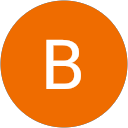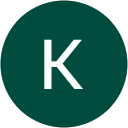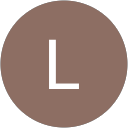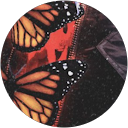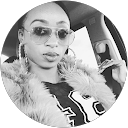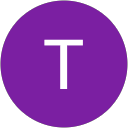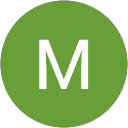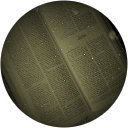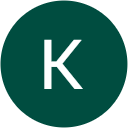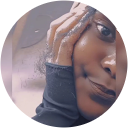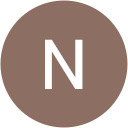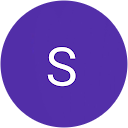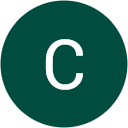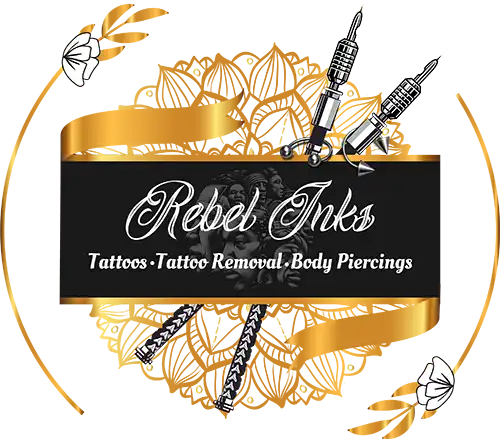Dotwork Tattoos in Nairobi, Kenya
Dotwork tattoos are a unique and intricate tattoo style created using dots to form patterns, gradients, and shading. Instead of traditional lines or solid fills, dotwork tattoos use tiny, precise dots placed at varying densities to achieve a detailed, often mesmerizing design.
Dotwork Tattoos
Key Features of Dotwork Tattoos:
Here are the key features of dotwork tattoos that make them distinct and visually striking:
- Dot-Based Shading: Instead of solid fills or gradients, dotwork tattoos use small, evenly spaced dots to create shading and texture. The density of dots determines the lightness or darkness of an area.
- Intricate and Detailed Designs: Dotwork tattoos allow for highly intricate patterns, making them ideal for geometric designs, mandalas, and sacred symbols.
- Monochromatic or Subtle Colors: Most dotwork tattoos are done in black and gray, emphasizing depth and contrast. Some artists may incorporate muted colors like red or blue for added flair.
- Geometric and Symmetrical Patterns: Perfect symmetry and clean geometric shapes are common in dotwork tattoos, requiring exceptional precision from the tattoo artist.
- Depth and Dimension: By varying the spacing and size of the dots, artists can create an illusion of depth, texture, and dimensionality in the design.
- Versatility: This style works well for a wide range of designs, from abstract patterns and sacred geometry to nature themes like flowers, animals, and landscapes.
- Unique Aesthetic: Dotwork tattoos often have a timeless and artistic look, standing out from traditional line-based tattoos.
- Time-Intensive Process: Due to the precision and patience required, dotwork tattoos typically take longer to complete than conventional tattoos.
- Minimal Pain Perception: The process uses less pressure compared to solid fills, which may result in a lighter sensation, though the time required can still make it a bit tiring.
Design Style Techniques for Dotwork Tattoos
Here are some popular design style techniques for dotwork tattoos, showcasing the unique ways artists create stunning visuals using dots:
Gradient Shading (Stippling)
Gradients are achieved by varying the density of dots, creating smooth transitions from dark to light areas.
- Commonly used in:
– Portraits
– Landscapes
– Realistic textures (e.g., fur, skin, or stone)
Geometric Patterns
- Clean, symmetrical shapes like triangles, hexagons, and circles are created with dots for precision and a visually satisfying appearance.
- Often paired with sacred geometry symbols (e.g., the Flower of Life, Metatron’s Cube).
Mandalas
- A circular and symmetrical design made of repeating patterns, often representing balance and unity.
- Mandalas are especially striking in dotwork due to their detailed and intricate nature.
Nature-Inspired Designs
- Features animals, flowers, trees, or celestial bodies, often rendered with realistic dot shading.
- Creates an earthy, organic aesthetic.
Layering and Overlapping
- Patterns or elements are layered over one another using varying dot intensities, giving the illusion of depth.
- Effective in complex designs, such as combining geometric shapes with realistic elements.
Schedule Appointment
Dotwork Tattoos FAQs
The Process of Getting a Dotwork Tattoo
Getting a dotwork tattoo is a unique experience that requires patience and precision due to the intricate techniques involved. Here’s a step-by-step guide to the process of getting a dotwork tattoo:
- Initial Consultation
– Choosing a Design: Discuss your desired design with our tattoo artist. Dotwork tattoos often include geometric patterns, mandalas, or nature-inspired themes.
– Custom Artwork: Our artist may create a custom design based on your preferences, emphasizing symmetry, texture, and shading.
– Placement and Size: Decide on the tattoo’s location and size, keeping in mind that smaller areas may limit intricate details. - Preparation
– Skin Prep: The tattooed area is cleaned, shaved, and disinfected to ensure a sterile environment.
– Stenciling: A stencil of the design may be applied to your skin for guidance, especially for symmetrical or geometric patterns. - Tattooing Process
– Dotwork Technique:
→ Our artist uses a tattoo machine or hand-poking (stick-and-poke) method to create individual dots.
→ Dots are placed at varying densities to form patterns, shading, and gradients.
– Precision and Patience: Dotwork tattoos can take longer than traditional tattoos due to the detailed nature of the technique.
– Breaks: Our artist may take periodic breaks to ensure your comfort and maintain focus on the intricate work. - Pain Management
– Sensation: Dotwork tattoos often feel less intense than solid shading or thick lines since they use a lighter touch. However, the long process can be tiring.
– Tips: Stay hydrated, eat beforehand, and practice deep breathing to manage discomfort during the session. - Aftercare Instructions
– Cleaning: Wash the tattoo gently with unscented soap and warm water after removing the wrap.
– Moisturizing: Apply a thin layer of fragrance-free tattoo aftercare ointment to keep the area hydrated.
– Avoid: Do not pick at scabs, expose the tattoo to direct sunlight, or submerge it in water (e.g., pools or baths) during healing. - Healing Process
– Dotwork tattoos typically heal in 2-3 weeks, but full recovery may take up to a month.
– You may notice slight fading in the dots as the tattoo settles into the skin—this is normal and part of the healing process. - Touch-Ups: Due to the delicate nature of dotwork, you might need a touch-up to maintain the design’s clarity and symmetry once the tattoo is fully healed.
Customization and Personalization in Dotwork Tattoos
Customization and personalization are key aspects of dotwork tattoos, as this style allows for intricate details and unique designs that can reflect your personality, beliefs, or artistic preferences. Here’s how you can make a dotwork tattoo uniquely yours:
- Incorporating Personal Symbols
– Sacred Geometry: Include shapes or patterns with personal or spiritual significance, such as mandalas, the Flower of Life, or symbols tied to your beliefs.
– Cultural Elements: Draw inspiration from cultural motifs, such as tribal patterns, henna-style designs, or ancient symbols.
– Astrology and Mythology: Use constellations, zodiac symbols, or mythological imagery with dotwork shading for a personalized celestial theme. - Nature-Inspired Themes
– Floral and Botanical Designs: Choose your favorite flowers, trees, or plants rendered in delicate dotwork shading.
– Animal Portraits: Incorporate animals that represent your personality or values, such as a wolf for loyalty or a butterfly for transformation.
– Landscapes: Create a tattoo inspired by a meaningful place or a natural scene, such as mountains, forests, or the night sky. - Blending Styles
– Combine dotwork with other tattoo styles to create a hybrid design. Examples include:
→ Dotwork + Linework: Use clean lines to outline elements, with dots for shading and texture.
→ Dotwork + Watercolor: Add a splash of soft watercolor hues around the dotwork for a striking contrast.
→ Dotwork + Blackout: Use negative space within blackout designs to incorporate dot patterns. - Placement-Specific Customization
– Body Flow: Design the tattoo to fit the natural curves of your body, like following the spine, ribs, or forearm.
– Asymmetry or Symmetry: Depending on the placement, opt for a symmetrical design (e.g., mandalas) or a freeform asymmetrical piece.
– Layering: Incorporate overlapping patterns for a 3D effect that wraps around the body, such as circular designs on shoulders or sleeves. - Emotional and Meaningful Designs
– Memorial Tattoos: Use dotwork to depict important dates, initials, or objects that symbolize a loved one.
– Quotes and Phrases: Pair dotwork with meaningful text, blending typography with intricate patterns.
– Abstract Representations: Create a design that symbolizes a personal journey, emotion, or memory through abstract forms. - Color Customization
– While dotwork is often monochromatic, adding subtle color accents can make the design unique. Examples include:
→ Gradient Color Dots: Transition from black to a chosen color for a bold look.
→ Single Color Pops: Add red, blue, or gold dots to highlight specific parts of the design.
→ Muted Pastels: Integrate soft pastel dots for a more delicate, artistic feel. - Collaborative Designs: Work closely with our tattoo artist to bring your vision to life. Provide sketches, reference images, or key ideas, and allow our artist to refine them into a cohesive dotwork design.
Longevity and Aftercare for Dotwork Tattoos
Longevity and aftercare are crucial for maintaining the intricate details and clarity of dotwork tattoos over time. Proper care ensures your tattoo ages gracefully while preserving the precision of the dots and shading.
Factors Affecting Longevity
- Tattoo Placement:
– Areas with less friction (e.g., upper arms, back) tend to hold tattoos better.
– High-friction areas (e.g., hands, feet) or places exposed to frequent sun may fade more quickly. - Skin Type:
– Oily or thin skin may cause some details to blur over time.
– Thicker or well-moisturized skin retains ink better. - Ink Density: Dotwork tattoos rely on precise dot spacing. If dots are too close, they may blur; if spaced too far apart, fading can be more noticeable.
- Sun Exposure: UV rays cause fading, especially in monochromatic designs. Tattoos on sun-exposed areas are more vulnerable.
Aftercare Tips for Dotwork Tattoos
Immediately After the Tattoo Session:
- Covering the Tattoo: Our artist will cover the fresh tattoo with a sterile bandage or wrap. Leave it on for the recommended time (typically 2-6 hours).
- Washing: Gently wash with warm water and unscented, antibacterial soap to remove plasma and excess ink.
- Drying: Pat dry with a clean paper towel—don’t rub.
During the Healing Process (2–4 Weeks):
- Moisturizing: Apply a thin layer of fragrance-free tattoo aftercare ointment or lotion (e.g., Aquaphor or a tattoo balm). Over-moisturizing can clog pores, so use sparingly.
- Avoid Picking or Scratching: Let scabs and flakes fall off naturally to avoid damaging the dots.
- Limit Water Exposure: Avoid soaking the tattoo in baths, pools, or hot tubs. Stick to quick showers.
- Sun Protection: Keep the tattoo covered or use sunscreen (SPF 30+) once healed to prevent UV damage.
Long-Term Care for Longevity
- Moisturize Regularly: Hydrated skin helps maintain the vibrancy and sharpness of the tattoo. Use a daily, fragrance-free moisturizer.
- Sun Protection: Apply sunscreen to the tattooed area whenever exposed to sunlight. Long-term UV exposure is the leading cause of fading.
- Avoid Harsh Chemicals: Products with alcohol, acids, or exfoliants can damage the tattoo and lead to fading.
- Healthy Lifestyle: Stay hydrated, eat a balanced diet, and avoid rapid weight changes to maintain your skin’s elasticity and the tattoo’s appearance.
- Touch-Ups: Over time, you might need touch-ups to restore faded areas or blurred dots. Discuss this with your tattoo artist after the healing period.
Tips for Dotwork Tattoos Specifically
- Sharpness: Dotwork tattoos rely on the crispness of individual dots. Over-moisturizing, excessive scratching, or improper healing can lead to blurred details.
- Color Retention: If your dotwork includes colors, follow all aftercare guidelines carefully as colored dots may fade faster than black ink.
Factors to Consider When Getting a Dotwork Tattoo
Getting a dotwork tattoo involves careful planning due to the intricate and precise nature of the style. Here are the key factors to consider when deciding on a dotwork tattoo:
- Choosing the Right Artist
– Experience in Dotwork: Ensure the artist specializes in dotwork tattoos and has a portfolio showcasing their skill in creating precise dots and intricate patterns.
– Style Match: Look for an artist whose aesthetic aligns with your vision, whether it’s geometric patterns, mandalas, or nature-inspired designs.
– Reputation: Research reviews and feedback from previous clients to confirm the artist’s professionalism and hygiene standards. - Design and Customization
– Personalization: Choose a design that resonates with you, such as sacred geometry, abstract art, or meaningful symbols.
– Complexity: Decide on the level of detail you want. More intricate designs will require longer sessions and potentially more maintenance over time.
– Size and Placement:
→ Larger areas allow for detailed patterns and better dot spacing.
→ Smaller areas may limit complexity but can still achieve a clean, minimal look.
→ Placement can affect visibility, meaning, and longevity (e.g., tattoos on hands and feet may fade faster). - Pain Tolerance
– Technique Sensation: Dotwork tattoos can feel different from traditional shading due to the light, repetitive dotting motion.
– Placement Sensitivity: Certain areas (e.g., ribs, spine, or inner arms) may be more painful than others (e.g., forearm or upper back).
– Duration: Dotwork tattoos often take longer to complete because of their meticulous nature, so prepare for extended sessions. - Time Commitment
– Tattoo Sessions: Depending on the size and detail of the design, multiple sessions may be required.
– Healing Process: Allocate 2–4 weeks for healing and avoid activities that could interfere with the tattoo’s recovery, such as swimming or heavy sun exposure. - Longevity of the Design
– Detail Preservation: Dotwork tattoos rely on clean and distinct dots. Over time, dots may blur or fade, especially if the tattoo isn’t well-maintained.
– Placement and Wear: Areas prone to friction (e.g., hands, feet, or inner thighs) may fade faster, requiring touch-ups. - Color Choices
– Monochromatic: Black and gray are most common in dotwork tattoos due to their sharp contrast and longevity.
– Colored Dotwork: If using colors, ensure the artist has experience blending colored dots, as they can fade faster than black ink. - Healing and Aftercare
– Follow your artist’s aftercare instructions meticulously to avoid damaging the intricate details.
– Avoid excessive sun exposure and friction during the healing process to preserve clarity. - Budget: Dotwork tattoos may be more expensive than traditional tattoos due to the time and skill required. Factor in costs for touch-ups as well.
- Long-Term Commitment
– Dotwork tattoos have a unique aesthetic that stands out but might not appeal to everyone. Be sure you’re comfortable with the long-term visibility of the design.
– Consider potential fading and the need for touch-ups over time, especially for intricate patterns. - Communication with Our Artist: Clearly express your ideas, preferences, and expectations to the artist. Bring references, sketches, or mood boards to help them understand your vision.
Cost of Dotwork Tattoos in Nairobi, Kenya
The cost of a dotwork tattoo can vary widely based on several factors. Below is a breakdown of what influences the price and what you can generally expect to pay:
Size of the Tattoo
- Small Tattoos: Ksh. 3,000 –Ksh. 5,000
Simple designs, minimal detail, and small placement areas (e.g., wrist or finger). - Medium Tattoos: Ksh. 6,000 – Ksh. 10,000
Larger designs with moderate detail, such as forearm or shoulder pieces. - Large Tattoos: Ksh. 30,000+
– Full sleeves, back pieces, or highly detailed, intricate designs. These may require multiple sessions.
Complexity of the Design
- Intricate Patterns: Dotwork tattoos with fine details (e.g., mandalas or geometric patterns) take longer to complete, increasing the cost.
- Shading and Gradients: Designs with extensive dot shading or gradients require precision and time, which adds to the price.
Artist’s Skill Level
- Reputation and Expertise: Experienced or highly sought-after artists may charge premium rates, often Ksh. 4,000 – Ksh. 7,000 per hour. At Rebel Inks Tattoos, Tattoo Removal, and Body Piercings Parlour we have artists who specialize in Dotwork themes, mandalas, or detailed nature-inspired designs, because of the skill and precision required for these styles.
- Apprentice Artists: Beginners or less experienced artists may charge lower rates. However, quality may vary.
Tattoo Studio Location
- Big Cities or High-Demand Areas: Studios in major cities or popular destinations (e.g., Nairobi, Mombasa, New York, London) often charge more due to higher demand and operational costs. Rebel Inks Tattoos, Tattoo Removal, and Body Piercings Parlour is located in the heart of the Central Business Disrict (CBD) in Nairobi, Kenya, and is easily accessible to both locals and foreigners in the country
- Smaller Towns or Local Studios: Tattoos may be more affordable in less urbanized areas.
Time Required
- Dotwork tattoos are time-intensive. Sessions are usually priced hourly, with average rates ranging from Ksh. 4,000 – Ksh. 7,000 per hour.
- Larger, intricate tattoos can take multiple sessions, increasing the total cost.
Custom vs. Flash Design
- Custom Designs: Fully personalized designs tend to cost more due to the time required for planning and creating the artwork.
- Flash Tattoos: Pre-designed tattoos may be more affordable as they require less preparation.
Additional Costs
- Deposits: At Rebel Inks Tattoos, Tattoo Removal, and Body Piercings Parlour we require a deposit (Ksh. 1,000 – Ksh. 3,000) to secure your booking, which is often deducted from the final price.
- Aftercare Products: Budget for ointments, moisturizers, or sunscreen to protect your tattoo (approximately Ksh. 500– Ksh. 1,000).
- Touch-Up Costs: Over time, dotwork tattoos may require touch-ups to maintain sharpness and detail. Some studios offer free touch-ups within a certain period, while others charge separately (e.g., Ksh. 3,000 – Ksh. 10,000).
Cost Example (General Estimate)
- Small Dotwork Mandala (2-4 inches): Ksh. 5,000 – Ksh. 7,000
- Geometric Forearm Tattoo: Ksh. 15,000 – Ksh. 30,000
- Full Back Dotwork Design: Ksh. 100,000 – Ksh. 150,000+ (multiple sessions)
Get In Touch
For more information on the list above and any other special services,please call or come in for free consultation
Testimonials
I recommend them 💯
I would definitely recommend if you’re thinking of getting a piercing!
The staff were super friendly, explained everything clearly, and made me feel so at ease. They answered all my nervous questions (and I had many questions),
They walked me through the whole process, gave detailed aftercare instructions, and even followed up afterward to check how I was healing 🫶
Clean, professional, and full of good vibes.
Would 100% recommend . Definitely making a second trip here.
This was the second tattoo I got and I wish I could have come to Eric for my first one! He gave me really great after-care directions for the tattoo as well as a little jar of his own Vaseline-type stuff to put over my tattoo while it was healing! He even put second skin over my tattoo so that I didn’t have to worry about it for the first few days. Now THAT’S good service. My first tattoo artist didn’t do none of that lol.
After the session Eric didn’t rush me and my friend out, he chatted with us and even when he found out I was an artist too— really encouraged me to keep creating and to find a community of artists to support me. I almost cried because I’ve had such a hard time with my own art the past couple of years, it meant so much to me to have a fellow very talented artist say that to me. 🤍🤍🤍
Eric you’re amazing, don’t ever stop creating and just know you’ve impacted lives all over the world!🫶🏻 thanks so much for everything!!
From the moment I walked in, Eric was professional, welcoming, and attentive. He made sure I was comfortable throughout, provided everything I needed, and explained every step of the process. The tattooing itself was unbelievably smooth - I genuinely felt no pain compared to my previous tattoos over the last 22 years.
Eric also gave me excellent aftercare guidance and products, and thanks to that, my tattoo healed beautifully. The attention to detail, precision, and shading are absolutely stunning. This is hands-down the best tattoo I've ever had, and I will be flying back to Nairobi for any future ink.
If you want incredible art, a professional experience, and a talented artist who truly cares about his clients, Rebel Ink is the place to go!
From start to finish, the service was exceptional. The piercer was professional, knowledgeable, and made me feel completely comfortable. The cleanliness of the place was above and beyond — everything was spotless and hygienic, which really put me at ease. Highly recommend for anyone considering a piercing!
Shout out to Eric😘
We ended up changing the jewelry three times to ensure I had the best fit and avoided any signs of rejection, and he always listened to my suggestions as a client, which I really appreciated. Now, three months in, my piercing is healing beautifully, with no sign of rejection. Highly recommend for anyone who values a piercer who cares about your comfort and healing journey!
What stood out the most was the aftercare Eric checked in with me even three weeks later to see how the tattoo was healing. That kind of follow-up shows how much he truly cares about his work and his clients.
I’m very satisfied and will definitely be coming back for my next piece. Highly recommend!
The piercing wasn't as painful as I had thought and the process was quick and satisfactory. I love it!!!
The piercing is healing well thanks to the aftercare instructions and follow-up. I would highly recommend Rebel Inks
Eric also did a belly button piercing for a friend, guiding her through the process, doing the piercing and then explaining the after care to her.
The shop is on the 3rd floor, with the entrance to the stairs near an alleyway on the left. The shop is perfect size, clean, and attractive looking. The mural is pretty dope.
Thank you for the amazing service! 🔥👅✨
I got piercibgs there and the process was really good. My biggest concern was hygiene but that wasn't an issue at all, they use new needles and they sanitize them.
The service itself was also welcoming.
I was informes of everything i needed to know beforehand.
10/10 would recommend!
Eric was so calm and patient with my almost 2 year old lady. It was such a clean and hygienic process. We will definitely be back for our second rounds of piercings and maybe even another tattoo!
They assess the area before any art and advise one accordingly. They also give one post clean up process and also do a check up after the body art projects. Overall, I loved my experience and I’m hooked. 👍
Will definitely come back next time I’m in town 🙂
He listened to what I actually wanted and made sure he could fit in the time before I flew back home.
The shop is clean & private and is easy enough to find.
Eric has even checked in a couple of times since to make sure all is good.
I would totally recommend Eric! I absolutely love my Elephants!
I had a very easy healing period and always follow up from Eric to check on my progress...I would highly recommend if you are a first timer because from my experience all went very well and attention to detail
Thank you for a good job and looking forward to send all my friends your way
And all the best with the new year 2025!
From the moment I walked in, the staff was super friendly and made me feel at ease. The studio had a clean, professional atmosphere, which immediately put me at ease. My piercer was incredibly skilled and explained every step of the process, ensuring I was comfortable the entire time. The piercing was quick and practically painless, and the aftercare instructions were clear and easy to follow. I can tell they really care about the health and safety of their clients.
Overall, a fantastic experience—I highly recommend Rebel Inks and Tattoos for anyone looking to get pierced or tattooed!
They do follow up after their services
Eric's Studio isn’t just a place to get a tattoo—it’s an experience. The combination of professionalism, artistic talent, and a welcoming environment makes it a standout destination for anyone considering a tattoo.
I highly recommend Eric’s Studio to both first-timers and seasoned tattoo enthusiasts. If you’re looking for a high-quality tattoo and an enjoyable experience, this is the place to go.
I would definitely recommend their services again and again
Thank you Rebel Ink
My piercings are healing ❤️🩹 well
I would 💯 recommend
I will definitely come back for more .
Two, all the equipments he used for the piercings were new and/or sterilised.
Three, the parlour itself was very clean and was up to par with the hygiene standards.
Four, Eric provided effective aftercare instructions, making sure I knew exactly how to take care of my new piercings and he kept in touch and continues to do so, to check on the healing progress.
I highly highly highly recommend this place!!!
Would definitely recommend them to friends and go back for other piercings
Not only was the piercing process smooth, but he also provided thorough aftercare instructions, making sure I knew exactly how to take care of my new piercings. What really impressed me was that he keeps in touch to check on how the healing is progressing – a sign of true care for his clients.
The shop maintains a high standard of hygiene, and the atmosphere is welcoming and comfortable, which really added to the positive experience. I highly recommend this place to anyone looking for a professional and caring experience. I’ll definitely be coming back for any future piercings!
My appreciation for the excellent customer service I received. The follow-ups were prompt, and I truly appreciated the gentleness and professionalism throughout. Thank you!"
"Looking for professional eyebrow microshading removal? Look no further!"
The customer care is top tier 👌🏾👌🏾.
Wonderful place to get tattoos and piercings. 💯💯
Eric goes ahead to follow up on his clients progress and gives good advice each time I reach out to him.
I would recommend Reble tattoos anytime.
Good job bro we really appreciate.
Ohh and the price is very fair.
The environment was clean , procedure was sterile and the jewelry used are of the best quality.
He followed up with me during the healing process, he educated me on what I needed to do for my aftercare.
Eric is confident, skilled , experienced and the best piercer. Highly recommend Rebel inks.✨
Definitely recommend!
Great experience.
Eric definitely know what he is doing .
I got exactly what I wanted 2 tiny tats on the same finger .
He was kind and patient throughout the session.
Healing process has been good .
Aftercare services were given and regular checkups on the healing process were done.
I would 💯recommend.
Eric gave me the best reception as it was my first time there,and made me trust him all the way. I appreciate good services.
There services are also affordable not to forget 😊.
He was also invested in the aftercare and would ensure I follow the do's and don'ts in taking care of the tattoo and ensuring proper healing and maximum ink retention.
Would highly recommend Rebel Inks Tattoos.
Rebel Inks Tattoo offer the best,affordable and quality tattoo removal services.If you have unwanted ink,choose Rebel Inks Tattoo,they're the best of the best and the professionalism is a top notch.They ensure you're free from unwanted ink with their Laser Tattoo Removal Technology...
I did a Laser Tattoo Removal with them and i can attest they're the best....
Kudos Eric...
I highly recommend.
It was a generally good experience with good hygiene during the piercing process and has been a smooth healing process.... 10/10
tips. Highly recommend 👍🏽
100% recommendable.
I was particularly impressed with Eric's attention to hygiene. He thoroughly cleaned the room before I entered, sanitized all of the equipment he would be using, and changed gloves between each ear. This level of cleanliness gave me great confidence in his professionalism.
Eric's commitment to customer service did not end on the day of the piercing. He followed up with me regularly throughout the healing process to ensure that I was following the aftercare instructions and that my earlobes were healing properly.
I highly recommend Rebel Inks to anyone in Nairobi who is considering getting a piercing. Eric is a highly skilled and experienced piercer who takes great pride in his work.
So I Check all the boxes below and more:
Customer Care: ✔️
Professionalism : ✔️
Cleanliness ✔️
Price: ✔️
After care service ✔️
Thanks and good job, Eric
The place is neat and clean and the equipments he used were also fine standards. Really appreciate his following up with me on the healing 🤗
I WOULD HIGHLY RECOMMEND THEIR SERVICES to everyone. Actually what you see on their website is EXACTLY what you will get. Keep up the good work Rebel inks Tattoos.
The infection is now gone. I would definitely recommend!
Can recommend this place totally and would go back there anytime!
Thanks!
OUR LOCATION
Areas We Serve
NAIROBI
KIAMBU
KAJIADO
MACHAKOS
